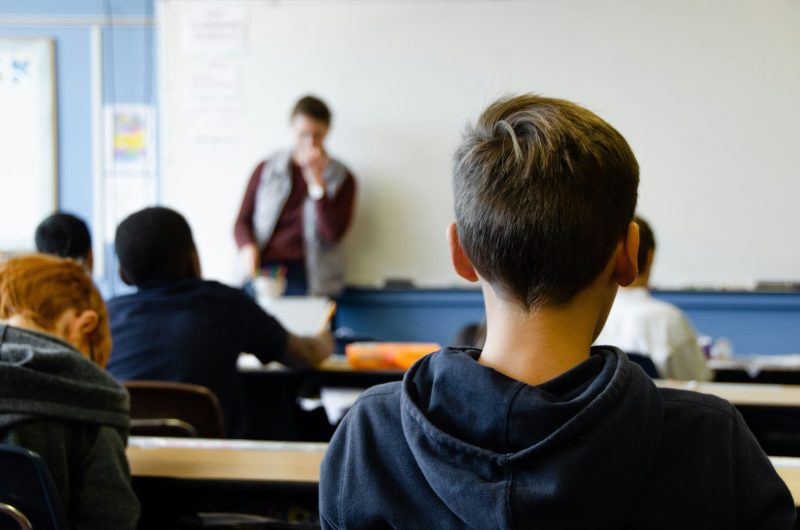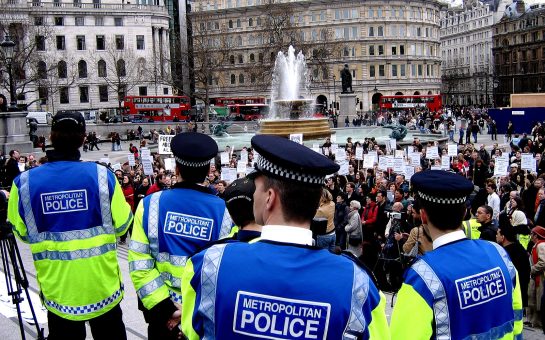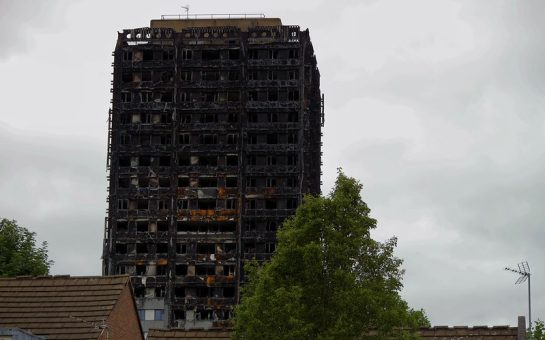South East London has the highest rate of permanent school exclusions in London, according to available data starting in 2016 from the Department for Education.
South East London saw an average of 20 out of every 100,000 school pupils excluded during the period of time covered by the academic years ending 2017 and 2023, plus the first two terms of the year ended 2024, while North East London had the lowest rate at 18 pupils per 100,000.
The data covered state-funded secondary, primary and special schools in London boroughs.
While exclusions were still possible during the Covid-19 pandemic, in the 2019/20 and 2020/21 academic years, the Department for Education advises caution when considering the data as pandemic restrictions will have impacted figures.
In terms of specific boroughs, Hackney and Kensington & Chelsea had the joint highest average rate of school exclusions from 2016 to 2024, both at 34 pupils in 100,000.
Tower Hamlets had the lowest rate of exclusion, at 2.5 pupils in 100,000, followed by Greenwich and Richmond upon Thames which both recorded an exclusion rate of 11 in 100,000.
Pepe Di’Iasio, General Secretary of the Association of School and College Leaders, said: “The rate of permanent exclusions in schools in London and across the country is a serious concern, and worryingly this seems to be a worsening trend.
“Any time missed from the classroom will result in lost learning and can hugely damage a pupil’s attainment and life chances.
“School leaders only exclude pupils as a last resort, when it is the only option left available to them.
“Therefore, we need to focus on ensuring there are early intervention strategies in place to support pupils who are struggling before their behaviour gets to a point where it is necessary to consider suspensions and exclusions.”
The most common reason listed for permanent exclusions in London for available data between 2020 and 2024 was persistent disruptive behaviour, at 27.7% of exclusions.
Physical assault against another pupil accounted for 17.3% of exclusions in London, while use or threat of use of an offensive weapon or prohibited item made up 14.2%.
The least common reasons included abuse relating to disability, at 0.08%, abuse against sexual orientation and gender identity, at 0.27%, and wilful and repeated transgressions of protective measures in place to protect public health, at 0.75%.
In numerical terms, between 2016 and 2023, Ealing recorded the highest number at a total of 324 exclusions, followed by 284 exclusions in Bromley and 274 exclusions in Hillingdon.
At the other end, Tower Hamlets had the least number of exclusions out of all London boroughs, at a total of 38. Richmond upon Thames saw 63 exclusions and Kingston upon Thames had 64.
Around 97% of all children who have been excluded or suspended at primary school have been identified as having special educational needs or disabilities either at the time or later on in life, according to research by Chance UK, a charity supporting primary school children who have experienced exclusion.
Chance UK Director Sophie Schmal said: “We are seeing children as young as six be suspended or excluded from school, and that’s really a sign that these children are struggling and that we need to act now.”
Schmal explained that 90% of children who have been excluded at some point during their academic career do not go on to pass their English or Maths GCSE.
This is then linked to later outcomes in life, in terms of their level of future income and employment, she continued, as well as their ability to form relationships with others.
Excluded children are much more likely to self-exclude later in life, with much higher rates of absence in secondary schools compared to their peers, while pupils who were permanently excluded in primary school were much more likely to finish Key Stage 4 in a state-funded special school.
Schmal said: “These children really are the most vulnerable, but there’s also the wider factors.
“They’re more likely to be growing up in deprivation and affected by poverty, and they’re also more likely to have some kind of social care involvement during their childhood.
“This means that these children are getting missed by the system just due to delays in diagnosis, or due to misunderstandings, and that is what is different about our support.
“You know, these are primary school children, they’re young, and they only get one chance at childhood, so for us, it’s really about not waiting for crisis to happen, not waiting for a suspension or exclusion before taking action, and taking an approach that’s very much grounded in in the child, and putting their voice at the centre of the conversation.
“Some children just need a little bit of extra time, a little bit of extra support, and they can be on their way.”
The exclusion figures, however, don’t quite capture the full extent of the issue, pointed out Educational Psychologist Chris Bagley, as managed moves and alternative provisions are alternate ways in which schools deal with student misbehaviour.
A managed move is the transfer of a pupil from one school to another, while an alternative provision is education arranged outside of mainstream school settings, such as pupil referral units – specialist schools for children unable to attend mainstream schools for reasons such as illness or misbehaviour – or independently-run academies and free schools.
In both cases, students are being excluded from their initial school environment, but are not always represented in overall exclusion statistics.
Bagley said: “I would personally argue that they’re all forms of exclusion, and I think, as a psychologist, the thing that’s really important is to know is what impact that has.
“If you think about this from your own perspective – you’re in your friendship group, or you’re with people, or you’re at work, and say you’re having a really difficult time, you’re not coping, and then the solution to that is: get out, we don’t want you anymore, permanently, we’re moving you, or we’re just getting rid of you.
“The impact of that on someone’s mental health is literally disastrous. Ostracism research will tell us that being ostracised is more harmful and long-lasting than a physical injury, which makes perfect sense, because we’re intensely social creatures.
“We’ve evolved in a relational context to be close to people, and we’re desperate to have a sense of belonging. We need to feel seen and heard and valued by others, and we need to matter.
“For many young people, schooling is not benign – it causes trauma for a lot of young people, because they’re not allowed to express themselves in a way that is meaningful and feels genuine to them.
“And over time, when you get to your teenage years, if you haven’t really felt seen or valued by the school system that you’re forced to be a part of, it can build up into a really severe form of existential crisis, and that’s something that I think is probably underplayed in terms of the exclusion narrative.
“If you’re able to access schooling, you can align your identity with aspects of it, but if you don’t identify with schooling, and you can’t do it, or you’re not coping with it, what will happen then?
“And this is the key thing – you’ll start to form an identity against it, so you’ll start to form an identity that means you make friends with other young people who are being oppositional or challenging, and you’ll start to try and build a sense of personal power or sense of personal autonomy by acting against the school system, by being ambivalent about it, and that’s an entirely expected normal human reaction when you’re not allowed to be yourself, when your identity is constricted and blocked.
“But that’s not the way it’s perceived – it’s just perceived as a child being deliberately oppositional, a child being deserving of consequences and punishment, because there’s not really any understanding of psychology that’s held within the schooling paradigm.”
Image: Taylor Flowe on Unsplash





